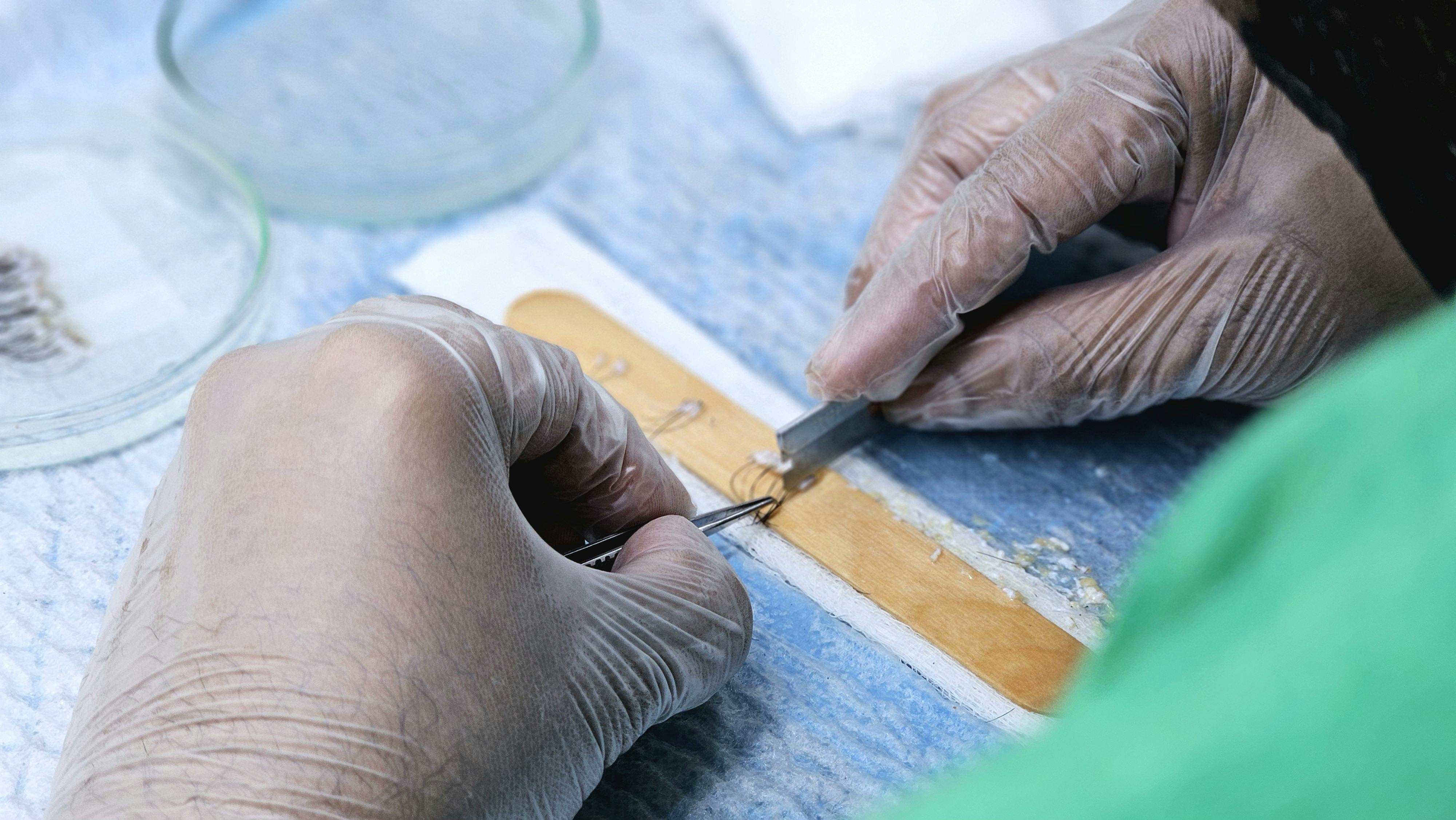The Science and Art of Hair Transplants: A Comprehensive Guide
The concept of hair transplantation is nothing new. The earliest attempts to restore lost hair can be traced back to Japan in the late 1930s. Dr. Okuda, a Japanese dermatologist, implemented a punch technique to transplant hair onto scarred areas caused by burn injuries. However, it wasn't until the mid-20th century that modern hair transplantation truly took off, spearheaded by New York dermatologist Dr. Norman Orentreich. His pioneering work in the 1950s established the principle of "donor dominance," which forms the cornerstone of current hair transplant methodology.

Fast forward to the present day, hair transplantation has evolved into a highly sophisticated procedure, with advances in technology and surgical techniques, promising natural-looking results with minimal downtime. This evolution has been fueled by a combination of scientific discovery and the persistent societal pressure to maintain a youthful appearance.
Understanding the Basics: How Hair Transplants Work
Hair transplantation is a surgical procedure that involves moving individual hair follicles from one part of the body (the donor site) to bald or balding parts (the recipient site). The procedure is primarily used to treat male pattern baldness, but it’s also effective for women experiencing thinning hair and for those who want to restore hair in areas affected by scars or diseases like alopecia.
The principle of “donor dominance” asserts that hairs maintain their original characteristics, regardless of their location. This means that hair follicles taken from the back of the scalp (a common donor site, as it is typically resistant to balding) will continue to grow even when transplanted to a bald area.
Advances in Hair Transplant Techniques: FUT and FUE
Hair transplantation has come a long way from the days of “hair plugs,” which often resulted in an unnatural, tufted appearance. Modern hair transplants primarily use two techniques: Follicular Unit Transplantation (FUT) and Follicular Unit Extraction (FUE).
FUT, often referred to as the “strip method,” involves removing a strip of skin with hair follicles from the back of the scalp, dissecting it into individual follicular units, and transplanting them into the balding areas. This method allows for the transplantation of a large number of hair follicles in a single session.
FUE, on the other hand, involves removing individual follicular units directly from the scalp and transplanting them one by one. This method is more time-consuming but eliminates the linear scar associated with FUT, making it a popular choice for individuals who wish to wear their hair short.
The Impact and Reception of Hair Transplants
The impact of hair transplants on individuals and society has been profound. For those grappling with hair loss, a successful hair transplant can dramatically improve self-esteem and quality of life. Moreover, the increasing acceptance and normalization of cosmetic procedures have contributed to a surge in the number of hair transplants performed worldwide.
However, like any medical procedure, hair transplants are not without controversy. Critics argue that the industry plays on individuals’ insecurities and perpetuates unrealistic beauty standards. Moreover, there is concern over the lack of regulation in some countries, leading to questionable practices and unsatisfactory results.
The Future of Hair Transplants: Promising Developments and Challenges
Looking ahead, the field of hair transplantation is ripe with potential. Scientists are exploring the use of stem cells to stimulate the growth of new hair follicles, a development that could revolutionize the treatment of hair loss. Robotic-assisted FUE is another promising area of advancement, offering greater precision and reducing surgeon fatigue.
However, these developments are not without challenges. The cost of hair transplants remains prohibitive for many, and like all surgical procedures, there are risks of complications, including infection and scarring. Furthermore, hair transplants can only redistribute existing hair; they do not create new hair follicles. For individuals with extensive hair loss, the results may be limited.
In conclusion, hair transplantation has come a long way since its inception, evolving from a rudimentary procedure to a sophisticated blend of science and art. As technology and techniques continue to evolve, so does the potential to improve the lives of those struggling with hair loss. However, it’s essential to approach this procedure with realistic expectations and a thorough understanding of the potential risks and benefits.




